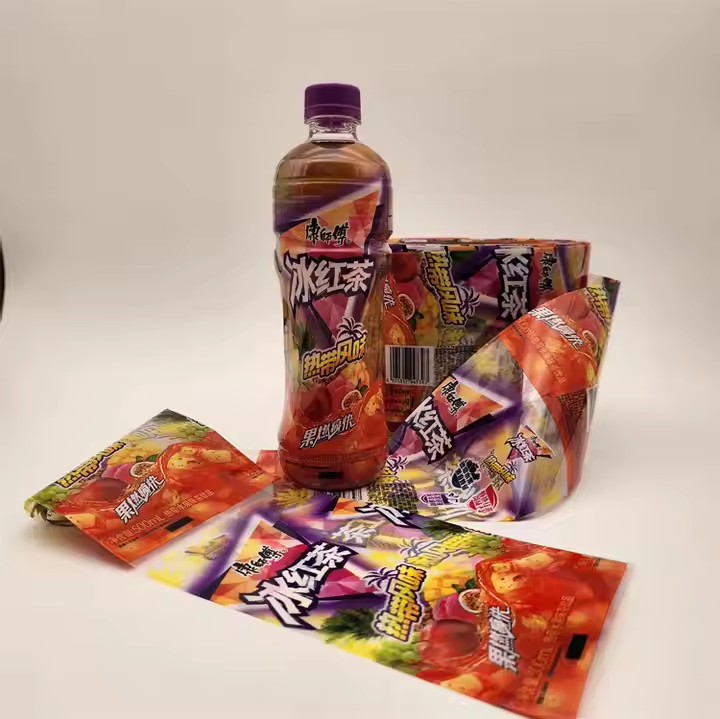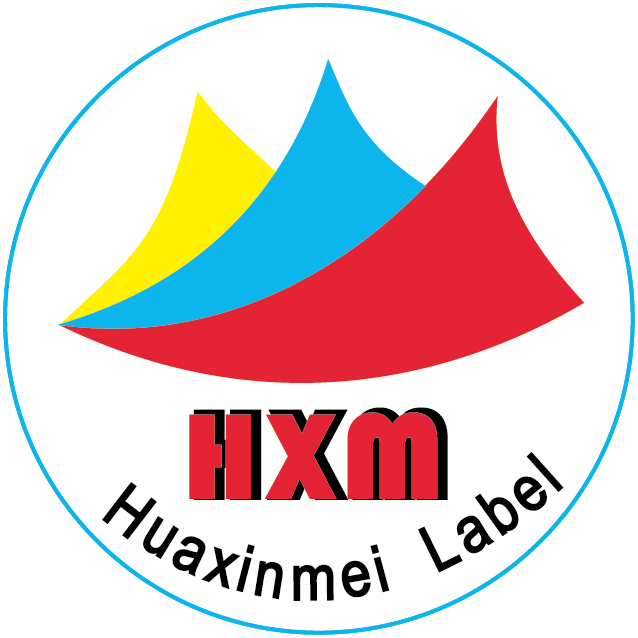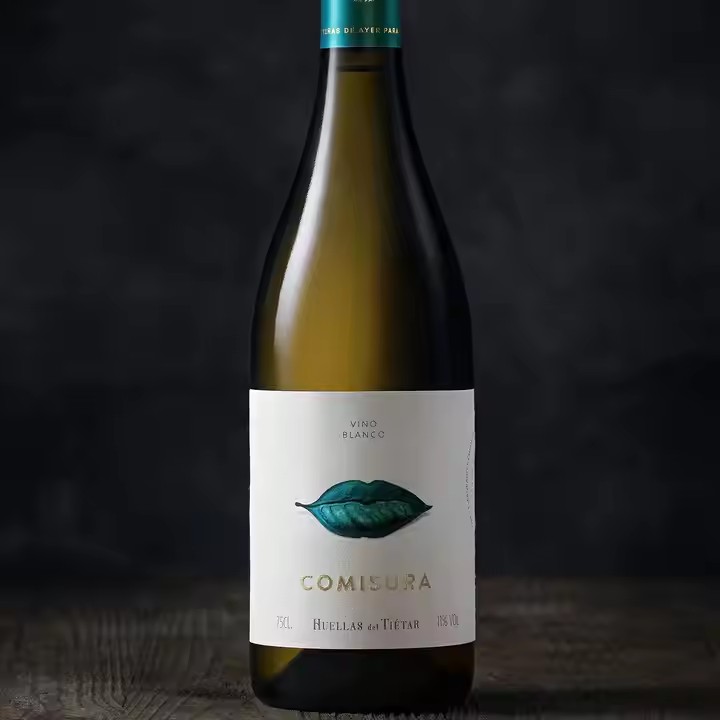I. Understanding Market Demands
Market Research
Wholesalers need to conduct detailed research on the target market, including consumers’ age, gender, consumption habits, purchase motives, etc. For example, if the target market is young consumers, they may pay more attention to the fashion and personalization of labels. Information can be collected through methods such as questionnaires and focus group interviews. For instance, for wholesalers of sports drinks, questionnaires can be distributed in gyms, at sports events, etc., to inquire about consumers’ preferences for the colors, patterns, and text information on beverage labels. Background investigations on consumers’ consumption habits should be carried out to understand their consumption preferences and design label packaging that better conforms to consumers’ preferences.

Analyze competitors’ labels. Study the label designs, contents, and features of similar products. See how competitors’ labels highlight product advantages and attract consumers. For example, in the field of snack wholesaling, observe whether other brands’ snack labels emphasize popular selling points such as “no additives” and “organic” to understand the popular trends and competitive situations in the market. To design better products, a competitive product analysis should also be conducted on competitors to understand what other similar competitive products do well, what their advantages are, and why they are so popular in the market. Is this pattern design more easily remembered by consumers?
Determining Label Functional Requirements
Based on the results of market research, determine the functions of the labels. If the product needs to stand out on the shelves, the visual appeal of the label is very important, and eye-catching colors and unique patterns may be required. For example, for a newly launched cosmetics series, wholesalers can ask label design companies to design labels with a glossy look and popular elements (such as currently popular floral patterns or retro-style patterns) to attract the attention of female consumers. After summarizing and researching the market research results, a review and discussion should be conducted to study why other products can stand out among similar competitive products, study the colors used by competitors, the elements adopted, the design tone, how to make the visual image more outstanding in design, how to make the design patterns simpler and more beautiful, and how to design patterns to make consumers remember the brand more easily.
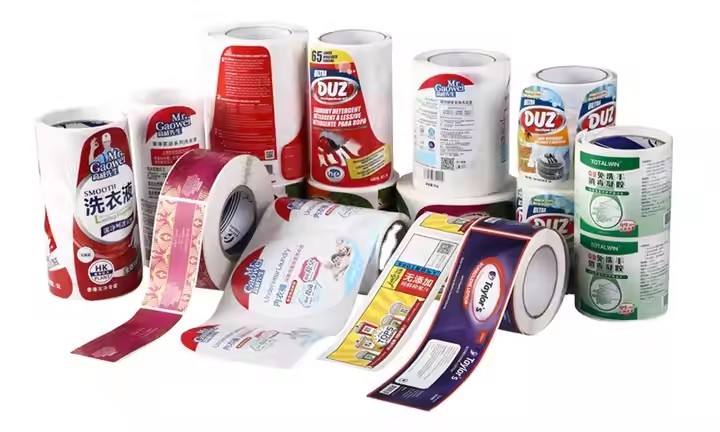
If the product has specific usage instructions or safety warnings, the label needs to convey this information clearly and accurately. For example, for some hardware tool wholesale products, the usage methods, applicable ranges, precautions, etc. of the tools must be clearly marked on the label to avoid safety accidents caused by consumers’ misuse. The precautions for the product and the non-applicable population should be clearly marked and explained on the label.
II. Designing Label Contents and Appearance
Content Design
Product Information: The label should contain complete product information, including product name, brand, specifications, ingredients (if it is food, cosmetics, etc.), production date, shelf life, usage methods, place of origin, etc. Taking food wholesaling as an example, for organic vegetable products, information such as the vegetable variety, the location of the planting farm, and whether it has been certified by an organic certification agency should be clearly marked on the label so that consumers can fully understand the source and quality of the product. Regarding the relevant information of the product, for example, basic information should be clearly stated on the label to let consumers fully understand the relevant information of the product. For example, relevant QR codes can be printed on the label to let consumers know about the latest activities of the brand’s products and enable them to participate in the latest activities. Another example is that for food, cooking methods of the food can be provided in various ways through the QR code to give consumers more cooking options. Providing consumers with multiple cooking methods will make them feel that the service is thoughtful, that the company is thinking from the consumers’ perspective and providing them with higher-quality services.
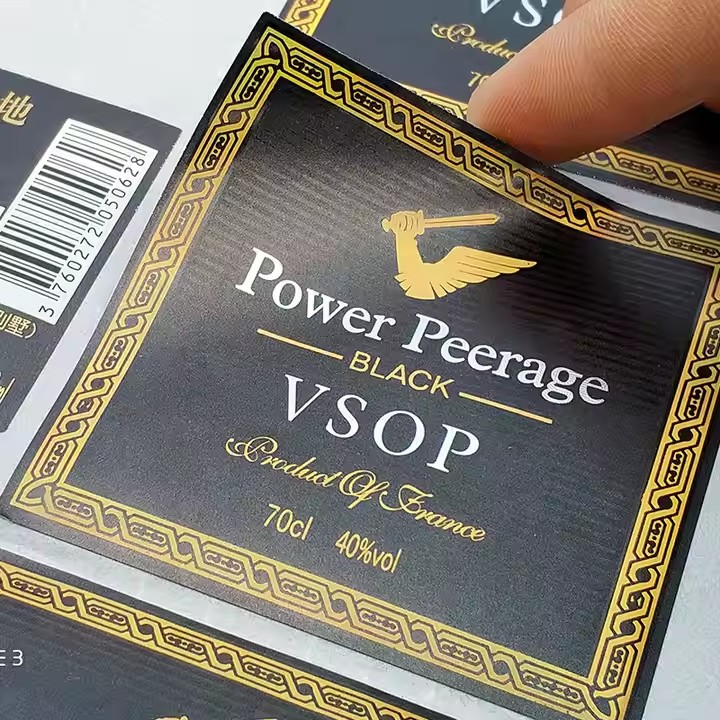
Highlighting Selling Points: Refine the selling points of the product and highlight them on the label. For example, for a skin care product with a high-efficiency moisturizing function, wholesalers can request that the words “high-efficiency moisturizing” be highlighted in a larger font on the label, accompanied by relevant scientific certification icons or data to enhance persuasiveness, such as “containing XX% hyaluronic acid, which can keep the skin hydrated for 24 hours”.
Regarding the selling points of the product, the advantages and characteristics of the product should be highlighted, that is, the different selling points of the product should be highlighted. For the selling points, enterprises should carefully design through the label to highlight the characteristics of the product and how to achieve better sales through design. And the rules of product marketing activities can also be informed to readers through the product’s label packaging.
Compliance with Regulatory Requirements: Ensure that the label content complies with relevant laws and regulations. Different industries and products have different regulatory requirements. For example, drug labels need to be marked with drug ingredients, efficacy, contraindications, etc. strictly in accordance with drug management regulations. Wholesalers should communicate with drug manufacturers or regulatory authorities when customizing labels to ensure that the labels are legal and compliant. Regarding regulatory requirements, it is necessary to clearly abide by the laws and regulations of various industries, because for each industry, the laws and regulations are different, and the corresponding regulations given by various industries should be complied with.
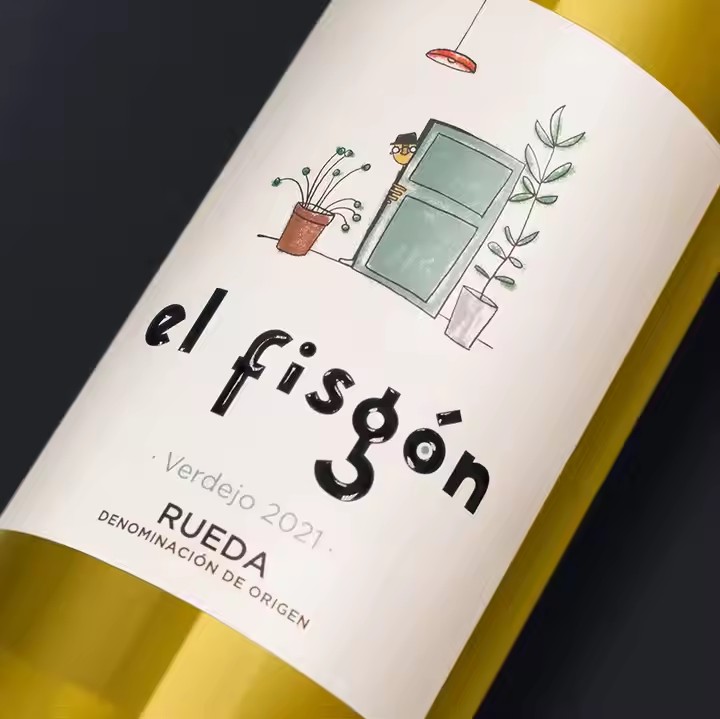
Appearance Design
Color Selection: Colors have a great impact on consumers’ purchase decisions. Bright colors can attract attention, while soft colors may convey the high-end or natural attributes of the product. For example, the labels of children’s toys can adopt bright colors such as red and yellow to attract children’s attention; while the labels of organic skin care products may use more natural tones such as green and light blue to give consumers a natural and gentle feeling. In the use of colors, try to use colors that are in line with the target population as much as possible. For example, for cosmetics, if the target group is young people, then the colors used on the label should be as bright and vivid as possible, in line with the positioning of young people. Bright and lively colors match the energetic and powerful image of young people and are suitable for the positioning of the cosmetics brand.
Pattern Design: Patterns should match the positioning of the product and the target market. For fashion products, fashionable elements and patterns can be adopted; for local specialty products, local landmark buildings or cultural symbols can be used as patterns. For example, the label of a local specialty snack can be printed with the famous ancient buildings in the local area, which can not only highlight the local characteristics of the product but also play a role in promoting local culture. In the design of patterns, it is best to conform to local culture and combine with local culture so as to be as close as possible to consumers’ preferences. For example, some countries like blue and think that blue represents health and safety, so blue should be used as much as possible in the design.
Layout: Reasonable layout can improve the readability of the label. Important information should be placed in a conspicuous position, and the size and font style of the text should be easy to read. For example, the product name and brand logo should be placed at the top or in the center of the label, using a larger font, while the detailed product description can be placed below, using a smaller but clear font. For the text layout on the label, it should be reasonably arranged. Research and analysis should be carried out to determine what size of words and patterns can make consumers remember them more easily, what kind of font is more in line with the tone of the product, and what kind of layout is more coordinated.
